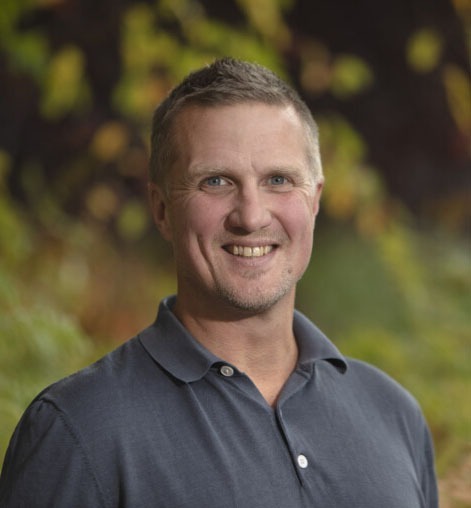We study proteins, lipids and mechanisms that are required to re-sculpture cellular membranes into highly curved vesicular structures, a necessity for trafficking, compartmentalization and balancing of the membrane integrity in cells. Membrane sculpting is fundamental for many cellular processes and malfunction is implicated in a broad range of human diseases. Furthermore, a large number of viruses induce vesicular membrane structures where the virus genome is replicated which is essential for infection of cells. Our group is focused on understanding the underlying mechanisms for the importance of membrane sculpting during infection, cancer, mental retardation, obesity, and muscle and lipid dystrophies.
We use a wide array of techniques ranging from protein and lipid biochemistry, mass spectrometry and structural analysis to advanced high speed imaging of molecules in living cells and correlative imaging approaches for ultra-structural resolution. Our work is focused on the mechanisms controlling the formation of the atypical membrane vesicles which are characteristically more stably attached to membranes as compared to previously described vesicles. Two examples of these atypical vesicles are caveolae, which are signalling platforms and regulators of lipid metabolism, and replication compartments induced by the tick borne encephalitis virus (TBEV). We study these model systems to understand the driving forces and role of the formation of stable membrane vesicles in cells.
Group members
Elin Larsson, PhD
Sebastian Rönfelt, PhD
Björn Morén, PhD
Wai Lok Yau, PhD
Lauri Pulkkinen, PhD
